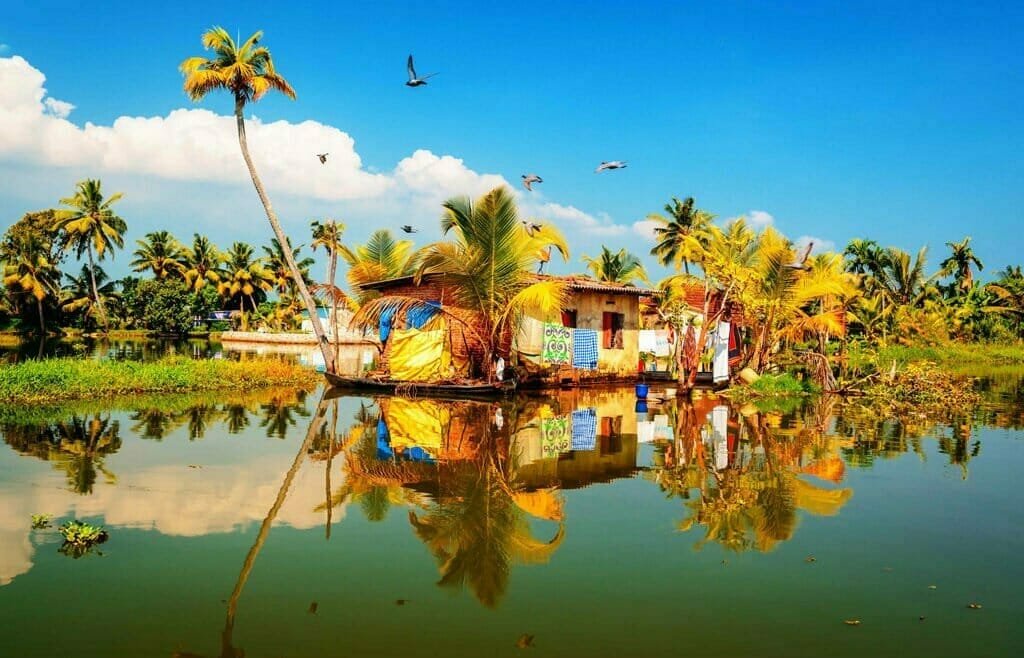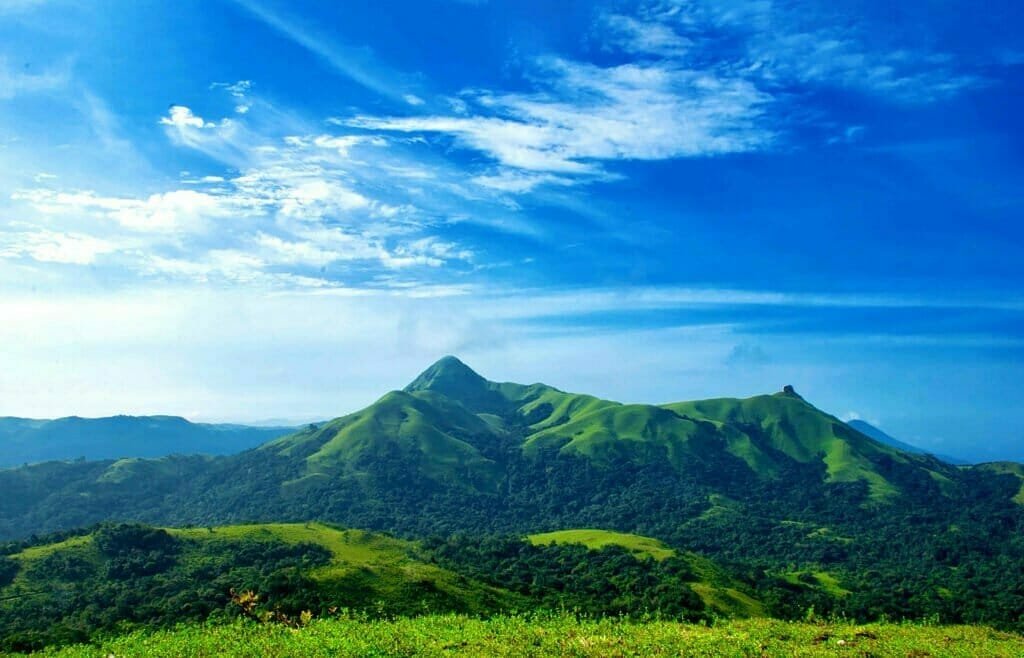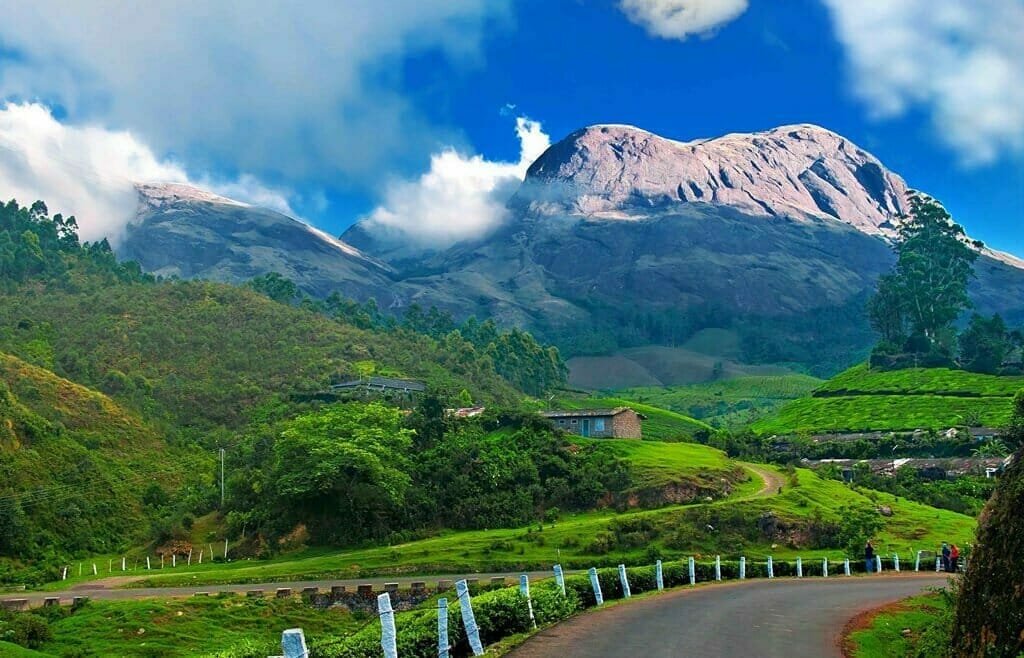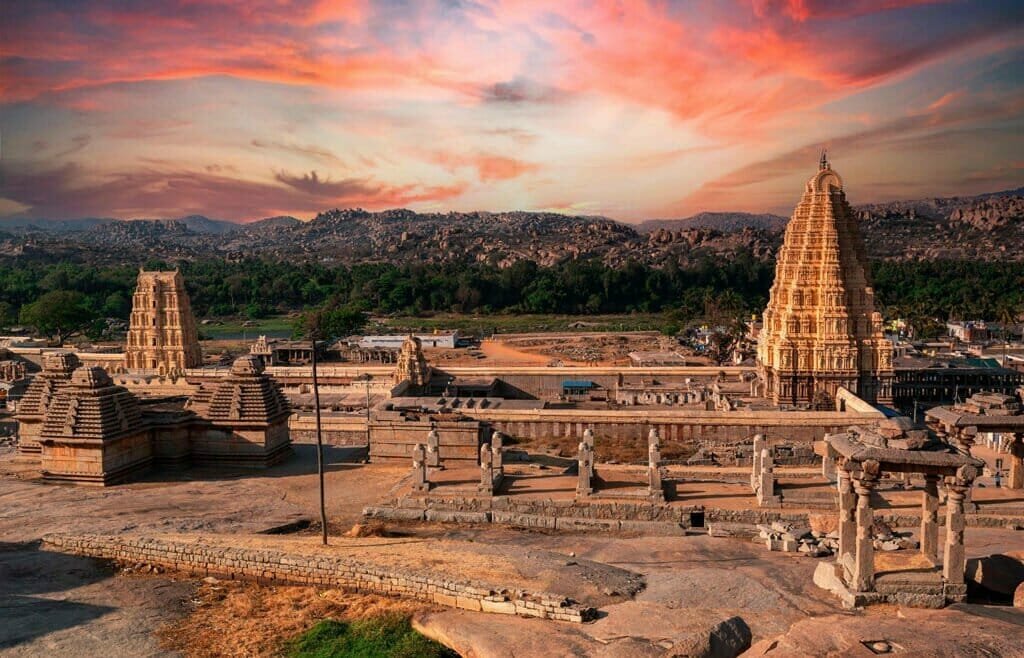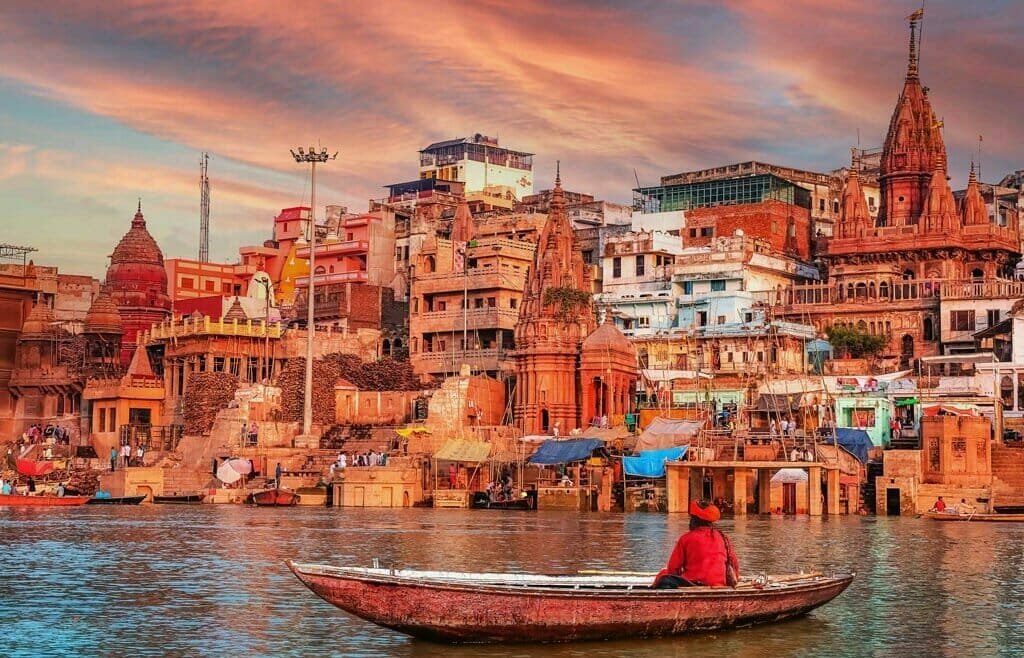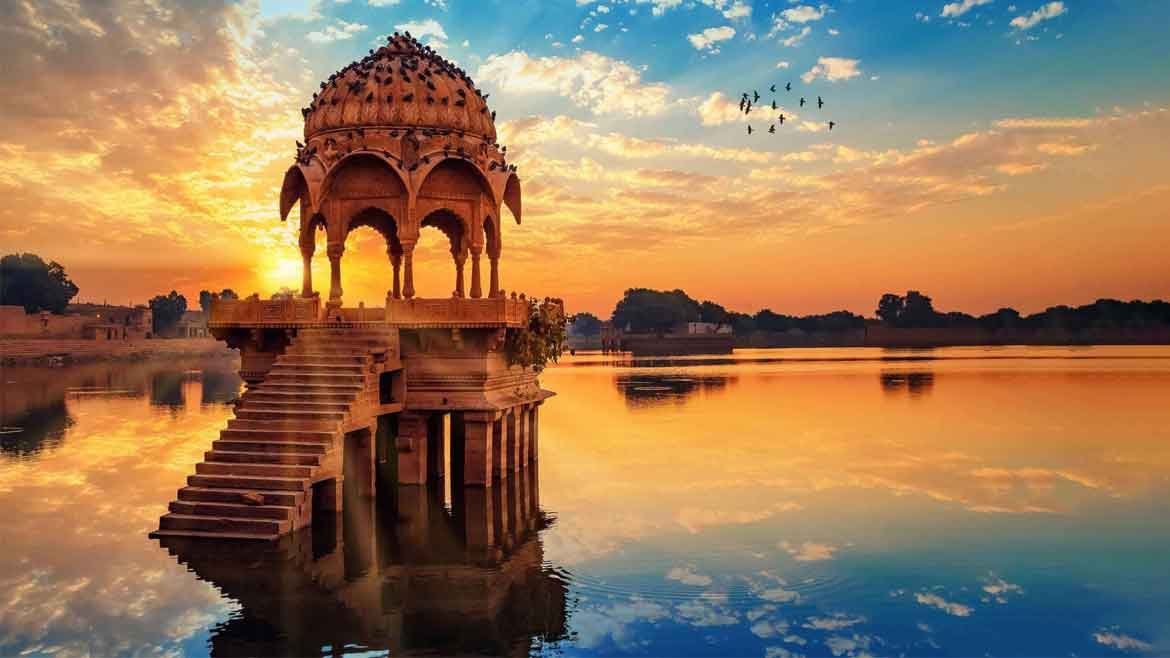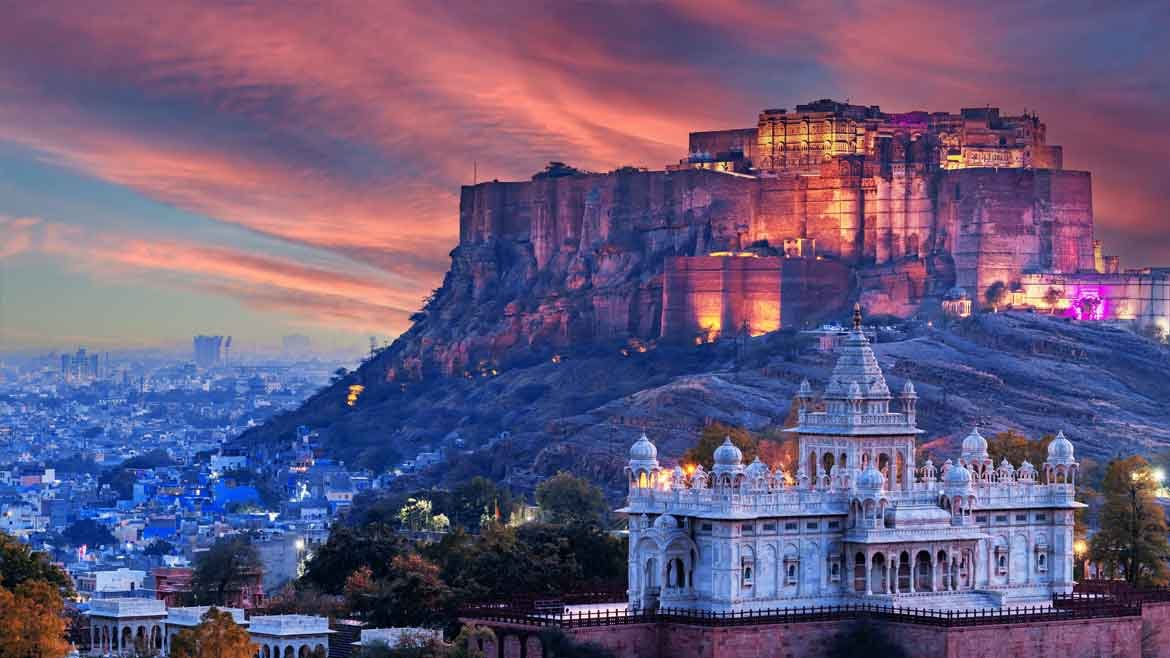Jama Masjid Delhi
JAMA MASJID OF DELHI
A Glimpse into Mughal Majesty
INTRODUCTION
Jama Masjid, located in the heart of Delhi, India, is a remarkable architectural masterpiece and one of the most significant religious landmarks in the country. Built during the Mughal era, this grand mosque serves as a symbol of the city’s rich history and cultural heritage. With its imposing structure, intricate design, and historical importance, Jama Masjid attracts not only devotees but also tourists from around the world. This article explores the fascinating history, architectural features, religious practices, cultural impact, and visitor experience of Jama Masjid, shedding light on its significance and preserving its legacy for generations to come.
Location and Overview
Tucked away in the bustling streets of Old Delhi, the Jama Masjid stands tall as a testament to the city’s rich history and cultural heritage. Located in the neighborhood of Chandni Chowk, this grand mosque is a must-visit for both locals and tourists alike. Its central location and impressive architecture make it a prominent landmark in the capital city.
Historical Significance
The Jama Masjid of Delhi holds immense historical significance. It was commissioned by the Mughal emperor Shah Jahan in the mid-17th century and took six years to complete. This mosque represents an era when Mughal architecture was at its zenith and serves as a reminder of the glorious past of the Mughal Empire. Today, it stands as one of the largest and most important mosques in India.
Construction and Architectural Timeline
Construction of the Jama Masjid began in 1650 A.D. and was completed in 1656 A.D. The mosque was designed by Ustad Khalil, a renowned architect of that time. Its construction involved thousands of workers and cost around one million rupees, a staggering sum for that era. The red sandstone and marble used in its construction were sourced from various parts of India.
Historical Events and Influences
Over the years, the Jama Masjid has witnessed numerous historical events and played a significant role in shaping Indian history. It served as the congregational mosque for the Mughal emperors and witnessed several royal ceremonies and prayers. During the British Raj, the mosque became a symbol of resistance and political gatherings were held here, including Mahatma Gandhi’s speeches during the Indian independence movement.
Exterior Architecture
The Jama Masjid’s exterior is an awe-inspiring sight to behold. The massive structure is made of red sandstone and white marble, giving it a striking appearance. Its three onion-shaped domes, towering minarets, and intricate carvings showcase a perfect blend of Mughal and Islamic architectural styles. The grand entrance, known as the Gate of Victory or Buland Darwaza, adds to the mosque’s magnificence.
Interior Design and Layout
Stepping inside the Jama Masjid, one is greeted by a vast courtyard capable of accommodating thousands of devotees during prayer times. The floor is laid with black and white marble, forming striking patterns. The main prayer hall, adorned with delicate calligraphy and decorated arches, houses the mihrab, a niche indicating the direction of Mecca.
Decorative Elements and Artwork
The Jama Masjid is famous for its intricate decorative elements and artwork. Its walls are embellished with floral motifs, Quranic verses, and geometric patterns, showcasing the unparalleled craftsmanship of the Mughal artisans. The mosque also houses several relics, including a hair strand believed to belong to the Prophet Muhammad.
Religious Significance
As one of the largest and most prominent mosques in India, the Jama Masjid serves as a place of worship and spiritual solace for devout Muslims. The mosque attracts thousands of worshippers during important Islamic festivals, such as Eid al-Fitr and Eid al-Adha, fostering a sense of community and religious unity.
Cultural and Historical Importance
The Jama Masjid is not only a religious site but also a cultural and historical treasure. It stands as a symbol of Delhi’s rich heritage and the grandeur of Mughal architecture. Its historical significance and association with important events in Indian history make it a site of immense historical importance.
Symbolic Value
Beyond its religious and historical significance, the Jama Masjid holds symbolic value as a testament to the inclusive and pluralistic nature of India. It serves as a reminder of the harmonious coexistence of different religions and cultural traditions that have shaped the country’s identity over the centuries.
Daily Prayers and Congregational Activities
At the heart of Jama Masjid’s religious significance are the daily prayers and congregational activities that take place within its walls. Five times a day, Muslims gather for prayer, creating a sense of unity and devotion. The masjid’s courtyard can accommodate thousands of worshipers, making it a truly awe-inspiring sight.
Festivals and Special Occasions
Jama Masjid comes alive during festivals and special occasions, such as Eid ul-Fitr and Eid ul-Adha. These joyous celebrations bring together people from all walks of life, fostering a sense of community and shared faith. The masjid’s grandeur is heightened with colorful decorations and the aroma of delicious food.
Pilgrimage and Spiritual Practices
Jama Masjid holds immense significance as a place of pilgrimage. Devotees from around the world visit this historic mosque to seek spiritual solace and connect with their faith. The mosque’s serene ambiance, intricate architecture, and historical significance create a sacred atmosphere that touches the hearts of all who visit.
Influence on Local Community
Beyond its religious significance, Jama Masjid plays a vital role in the lives of the local community. It serves as a center for social gatherings, fostering connections and friendships among people of different backgrounds. The mosque acts as a symbol of unity and inclusivity, bringing the community together.
Role in Preserving Cultural Heritage
Jama Masjid stands as a testament to the rich cultural heritage of Delhi. Its architectural brilliance, incorporating elements of Persian and Mughal design, showcases the city’s historical significance. Preservation efforts ensure that future generations can appreciate the mosque’s beauty and learn about its cultural importance.
Tourism and Economic Impact
Jama Masjid attracts tourists from all over the world, contributing significantly to the local economy. The mosque and its surrounding areas are bustling with activity, hosting a variety of shops and restaurants. Tourists also benefit from the opportunity to engage with local vendors and experience the vibrant atmosphere of Old Delhi.
Visiting Hours and Entry Requirements
Jama Masjid welcomes visitors throughout the week, except during prayer times. It is important to respect the dress code and modesty requirements while visiting. Both men and women should ensure they are appropriately dressed, with arms and legs covered. Entry to the mosque is free, allowing everyone to experience its beauty.
Exploring the Mosque Complex
When visiting Jama Masjid, take the time to explore the mosque complex in all its grandeur. Marvel at the intricately designed minarets and domes, and soak in the peaceful atmosphere of the courtyard. Don’t forget to climb the minaret for a breathtaking view of Delhi, offering a unique perspective on the city’s historical and modern landscapes.
Nearby Attractions and Accommodation
Located in the heart of Old Delhi, Jama Masjid is surrounded by a plethora of attractions. After your visit, explore the bustling streets of Chandni Chowk, famous for its street food and vibrant markets. Nearby accommodations range from budget-friendly guesthouses to luxurious hotels, ensuring a comfortable stay for all travelers.
Conservation Efforts and Challenges
Preserving the historical and architectural integrity of Jama Masjid is a constant endeavor. Conservation efforts focus on maintaining the structural integrity of the mosque while preserving its cultural significance. However, challenges such as pollution, urban development, and wear and tear require ongoing attention to ensure the mosque’s longevity.
Importance of Sustainable Tourism
As tourism continues to grow, sustainable practices are essential to protect Jama Masjid and its surroundings. Responsible tourism ensures that the mosque can be enjoyed by future generations without compromising its beauty and integrity. Visitors can contribute to this effort by respecting the environment and local community while exploring the area.
Future Plans and Initiatives
To secure the future of Jama Masjid, plans, and initiatives focus on enhancing visitor experiences while preserving the mosque’s heritage. This includes implementing digital technologies for guided tours, creating educational programs, and collaborating with organizations to raise awareness about the importance of cultural preservation.
These efforts aim to ensure that Jama Masjid remains a symbol of India’s rich history for years to come. In conclusion, the Jama Masjid of Delhi stands as a testament to the rich cultural and architectural heritage of India. With its historical significance, grandeur, and religious significance, it continues to be a place of worship, reflection, and admiration.
Whether you are a history enthusiast, an architecture lover, or a spiritual seeker, a visit to Jama Masjid offers a profound experience that will leave an indelible impression. As efforts continue to preserve and protect this iconic mosque, it is our responsibility to appreciate and respect its legacy for future generations. Jama Masjid remains not just a magnificent structure but a living symbol of unity, faith, and cultural pride.
Can I visit Jama Masjid as a non-Muslim?
Yes, Jama Masjid welcomes visitors of all faiths. However, it is important to dress modestly and respect religious practices and customs while visiting the mosque.
Are there any entry fees to visit Jama Masjid?
No, there is no entry fee to visit Jama Masjid. However, there may be charges for certain services or facilities within the mosque complex.
Are there any specific rules or guidelines for visitors?
Visitors are required to remove their shoes before entering the main prayer area. It is also recommended to maintain a quiet and respectful demeanor, not disturb ongoing prayers, and follow any instructions given by the mosque authorities.
Can photography be done inside Jama Masjid?
Photography is allowed inside Jama Masjid, but it is advised to be mindful and respectful of the sacred environment. It is recommended to seek permission before taking photographs of individuals and to avoid using flash or tripods.



